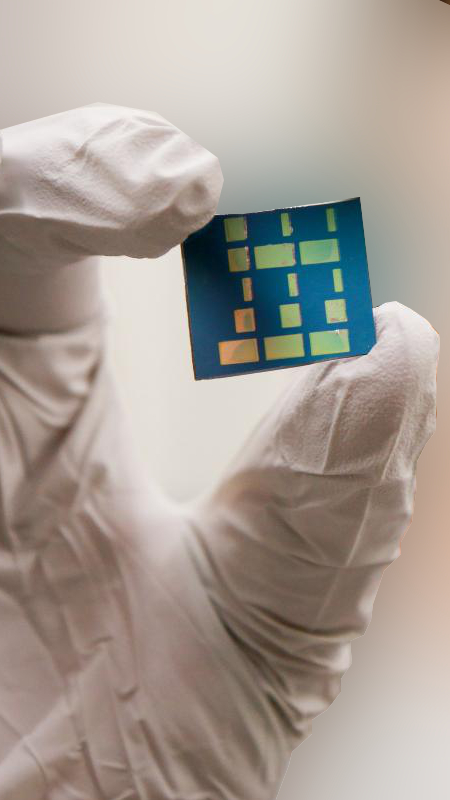Tin chip could be key to new speeds
 Tech engineers need to move away from silicon for computer chips, and researchers in the US may have found a good alternative.
Tech engineers need to move away from silicon for computer chips, and researchers in the US may have found a good alternative.
University of Utah engineers have discovered a new kind of 2D semiconducting material for electronics that could be used to make much speedier and more efficient computers and smartphones.
The semiconductor is made of tin monoxide (SnO); a layer of 2D material just one atom thick.
It allows electrical charges to move through it much faster than conventional 3D materials like silicon.
Transistors and other components used in electronic devices are currently made of 3D materials such as silicon and consist of multiple layers on a glass substrate. But the downside to 3D materials is that electrons bounce around inside the layers in all directions.
The benefit of 2D materials is that they are made of a single layer that is the thickness of just one or two atoms.
Consequently, the electrons “can only move in one layer so it's much faster,” says University of Utah materials science and engineering associate professor Ashutosh Tiwari.
Researchers have recently discovered a few new types of 2D material, including graphene, molybdenum disulfide and borophene, but they all only allow the movement of N-type, or negative, electrons.
In order to create an electronic device, however, semiconductor materials that allow the movement of both negative electrons and positive charges known as “holes” are needed.
The tin monoxide material discovered by Tiwari and his team is the first stable P-type 2D semiconductor material in existence.
“Now we have everything - we have P-type 2D semiconductors and N-type 2D semiconductors," he says.
“Now things will move forward much more quickly.”
The experts say their new 2D material could lead to the manufacturing of transistors that are even smaller and faster than those in use today.
Transistors made with Tiwari's semiconducting material could see computers and smartphones operating more than 100 times faster than regular devices.
Additionally, because the electrons move through one layer instead of bouncing around in a 3D material, there will be less friction, meaning the processors will not get as hot as normal computer chips.
They also will require much less power to run, which will increase the time between charges, and could be especially important for medical devices like electronic implants that can run longer on a single battery charge.
“The field is very hot right now, and people are very interested in it,” Tiwari says.
“So in two or three years we should see at least some prototype device.”
More details are available in the full report, published in the journal Advanced Electronic Materials.







 Print
Print